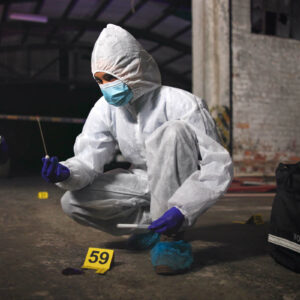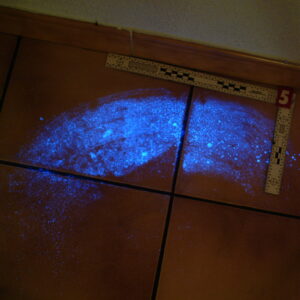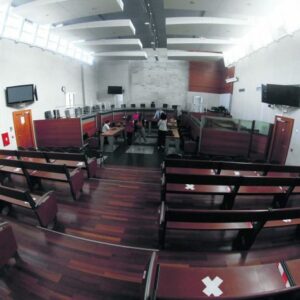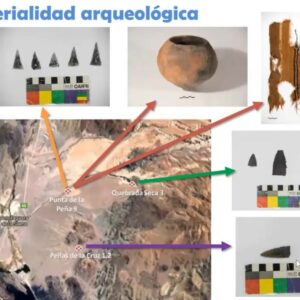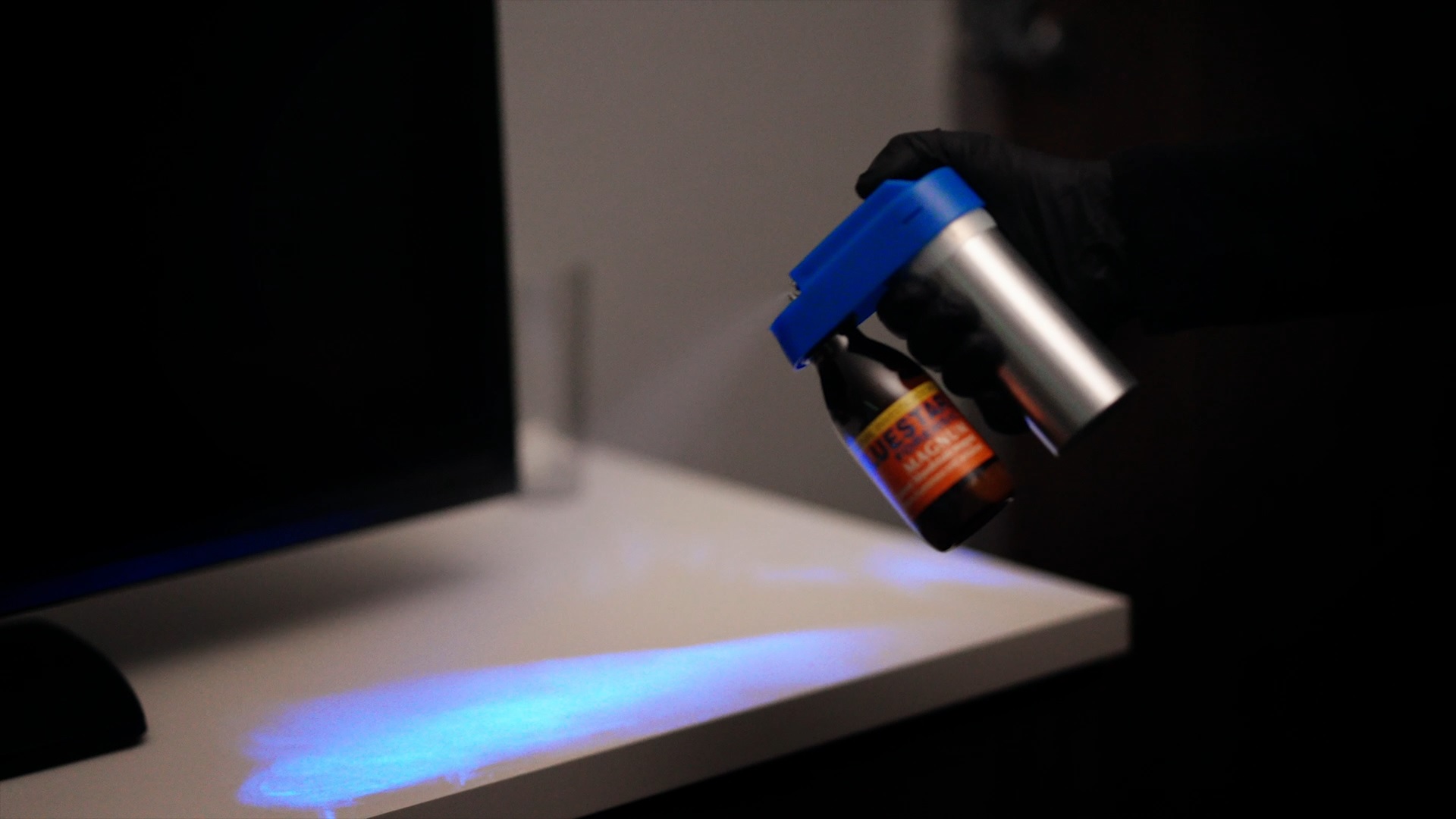Nancy: the charred body of a young woman found in the forest
16.07.2014 – EUROPE 1 – FRANCE
Traces of blood revealed by the “Blue-star”, a technique which allows the detection of micro-drops after cleaning.

It could be the body of a 34-year-old nurse, missing since the end of June, whose companion has been charged with voluntary manslaughter.
NEWS. The body of a young woman found burned in a forest near Nancy on Monday could be that of a 34-year-old nurse who has been missing since late June, and whose partner has been charged with voluntary manslaughter, police said Wednesday. “A police source said the body of the young woman, who disappeared during the night of 28-29 June, is believed to be that of a nurse.
The body, which was lying on a cold hearth and showed traces of charring, notably on the cranial region, was discovered by a walker on Monday morning in a forest in Villers-lès-Nancy, according to the Est Républicain. “We have already established that it was a woman. Other clues allow us to establish that a connection with the case of the disappearance is taking place,” continued the same source.

Traces of blood found at the home of the missing nurse. The young woman, a nurse and mother of a young child, had suddenly disappeared, without taking any news of her baby, whom she had entrusted to relatives for the weekend, “which is absolutely not in her habits”, said a source close to the case. Traces of blood were found at her marital home, revealed by the “Blue-star”, a technique that allows the detection of micro-drops after cleaning.
Her 36-year-old companion was charged with voluntary manslaughter and placed in pre-trial detention. He has always denied the charges against him. The investigation into the burnt body has been entrusted to the Nancy SRPJ, which could however be relinquished in favour of the Meurthe-et-Moselle departmental security service, which is in charge of the initial disappearance case.
Traces of blood were found in his marital home, revealed by the “Bluestar”.
Subscribe to our newsletter
Year
Country
Archives
- July 2023
- March 2023
- September 2022
- April 2022
- February 2022
- January 2022
- November 2021
- October 2021
- September 2021
- June 2021
- May 2021
- November 2020
- October 2020
- August 2020
- June 2020
- February 2020
- October 2019
- September 2019
- May 2019
- April 2019
- August 2018
- July 2018
- June 2018
- May 2018
- February 2018
- January 2018
- May 2017
- March 2017
- August 2016
- July 2016
- January 2016
- June 2015
- July 2014
- March 2014
- September 2013
- June 2013
- December 2010
- June 2010
- January 2010
- March 2009
- March 2008
- September 2007
- July 2006
- August 2005



